We turn complex ideas into pictures people use to make better decisions.
Concept Modeling
In person and/or remotely engaging stakeholders to articulate a concept, problem, solution.
Product Design
Turning ideas into visual/digital products people learn from and use to improve performance.
System Codification
Turn products into web apps that help manage ideas, process, performance and decision making.
01 Concept Modeling
Research, whiteboards, digital collaboration - it's a co-creative & collective process to explore, learn and model your ideas, visions, problems.
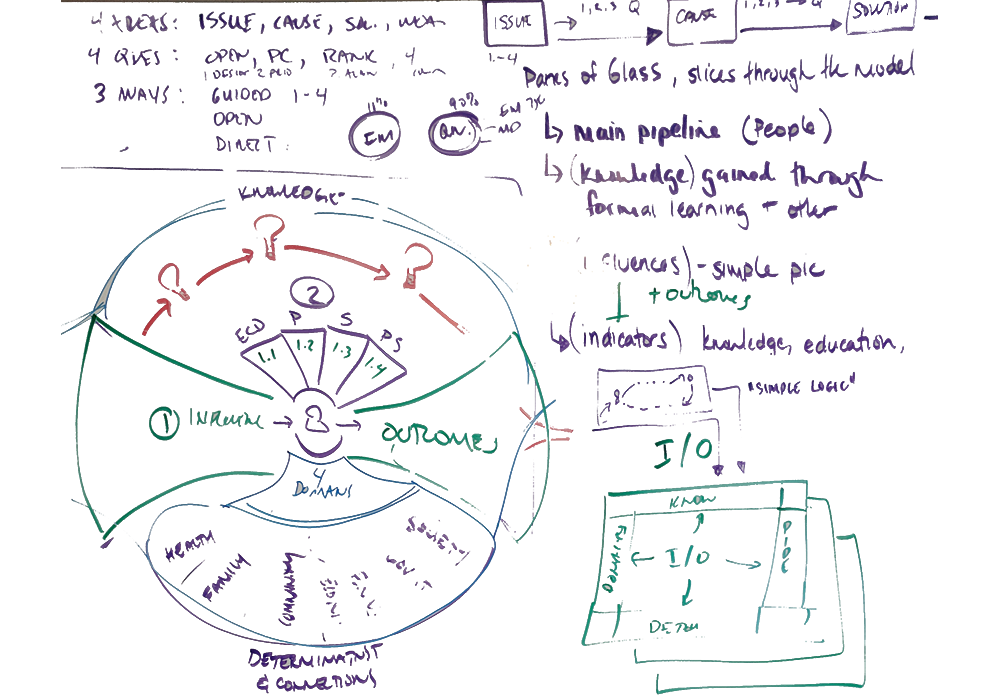

02 Product Design
We use a collective design process to create products (see below) that people believe in, learn from, and use to improve their performance.
03 System Codification
We can design products as data-driven applications to help you codify your work, performance management and decision making processes.

CORE PRODUCTS
While we enjoy modeling any type of system or problem, there are six types of products that we are extremely efficient and effective at producing as visual products (print, PDF), digital interactives or web applications.
Systems Models
Pictures that articulate how elements in a system affect each other to understand key influences and leverage points to develop a strategy for change.
Business Visions/Models
Pictures that articulate a team's collective business vision and the business model defining how they work together to deliver a value to their clients.
Strategic Plans
Short, clear and concise articulations of the problems your team is capable of going to work on and the leverage and tactics needed to solve them.
Process Maps
Map out any process with streams, sub processes, decision making frameworks, links to supporting tools and templates.
Indicator Frameworks
Define key themes, indicators, data sources and display the data in a performance measurement dashboard.
Interactive Applications
Transform any of our core products into data-driven web applications to help your team perform.
KEY BENEFITS
Our methodology blends visual thinking, systems thinking and "fair process" to tap into people's collective aspirations and intelligence. We find this approach has some distinct advantages:
Better Decisions Faster
Creating and visually representing ideas in a collective process gives people a deeper and broader understanding of the factors, issues and impacts of decisions.
Clearer, Faster Communication
Visual depictions that take a "systems approach" are able to communicate the bigger picture and the details cleary, concisely and more quickly than a written report.
Better Engagement
Having engaged and motivated employees has many benefits. They are more invested in their company's success, they stay longer, work harder and perform better.
Team Alignment
Following a Fair Process enables us to pursue the best ideas and achieve a high level of alignment and support for the decisions or outcomes of our collective design process.
Better Performance
Well designed, understood and supported visions, strategies and processes help people learn, understand business objectives, think critically and creatively to make better decisions.
Accelerate Learning
Accelerate collective learning so people are able to contually "see the whole" together to find clear, coherent and cohesive strategies for accomplishing their objectives.
ENGAGEMENT OPTIONS
Fixed Product
Fixed price contract to develop a single product (approx. 1 month long), for example a business vision or strategic plan.
Fixed Project
Fixed price contract to engage your team in developing a series of related products, usually over a 3-6 month period.
Government RFPs
We are are registered supplier with a Procurement Business Number (PBN) and are able to submit proposals for standing offers, sole source contracts and contracts above $25k.
Consultant Support
We are happy to work behind the scenes as your design partners on your federal government or private sector contracts.
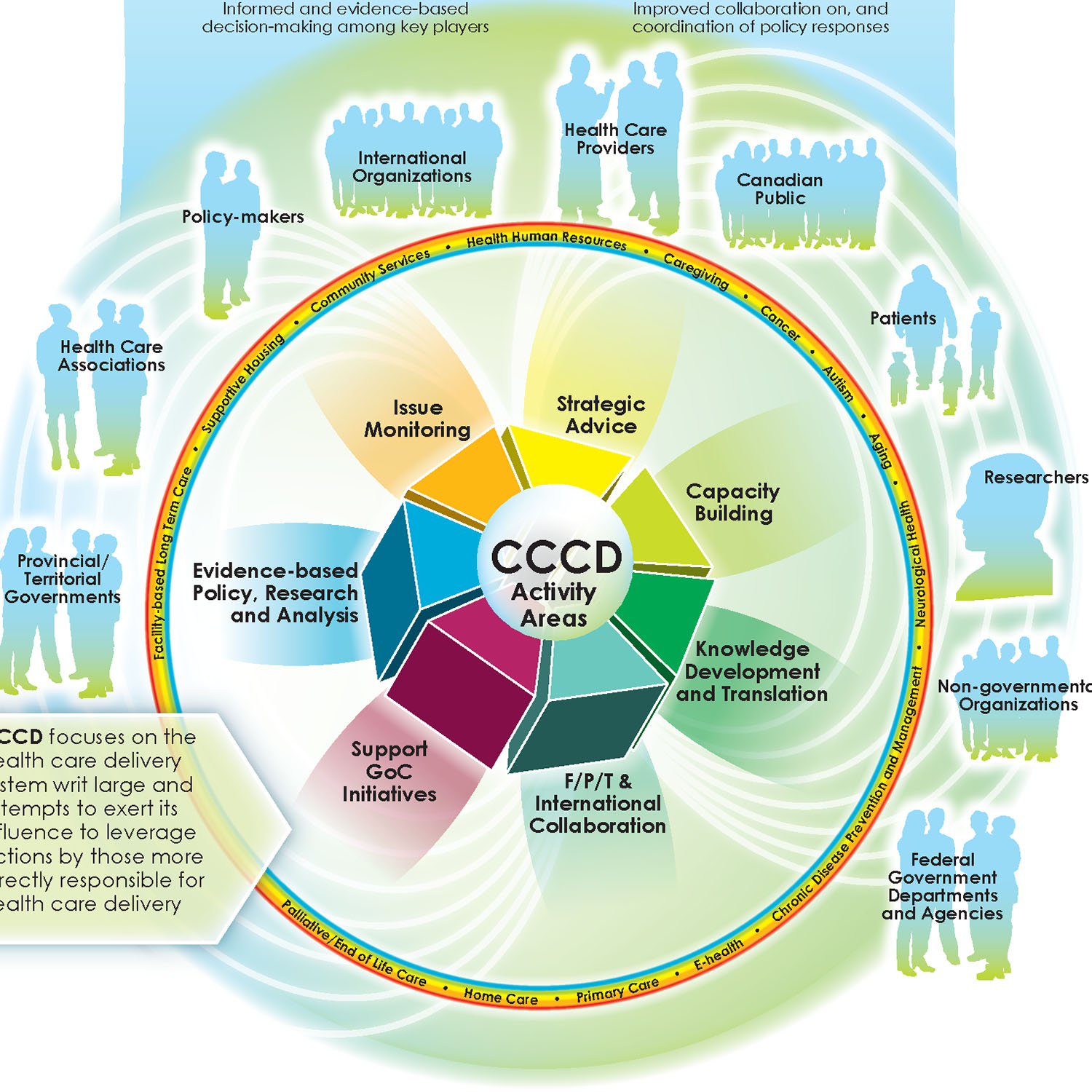

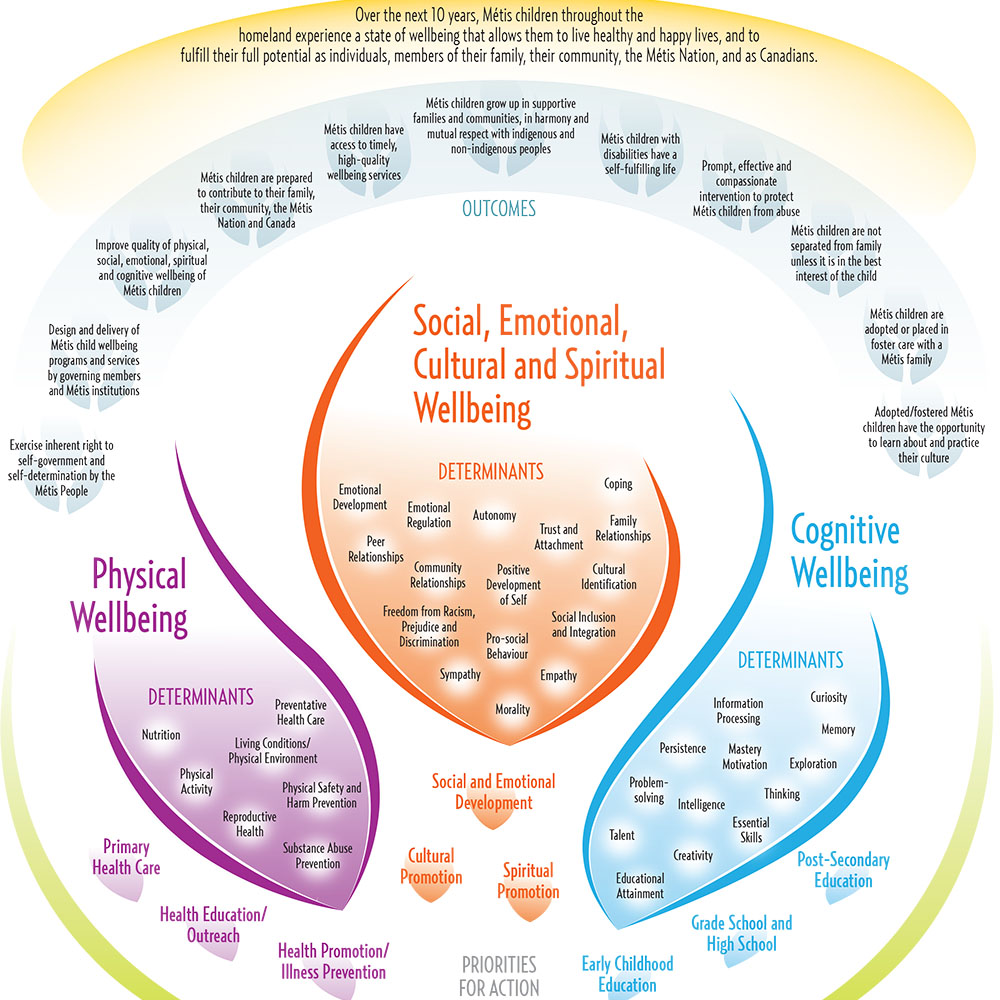
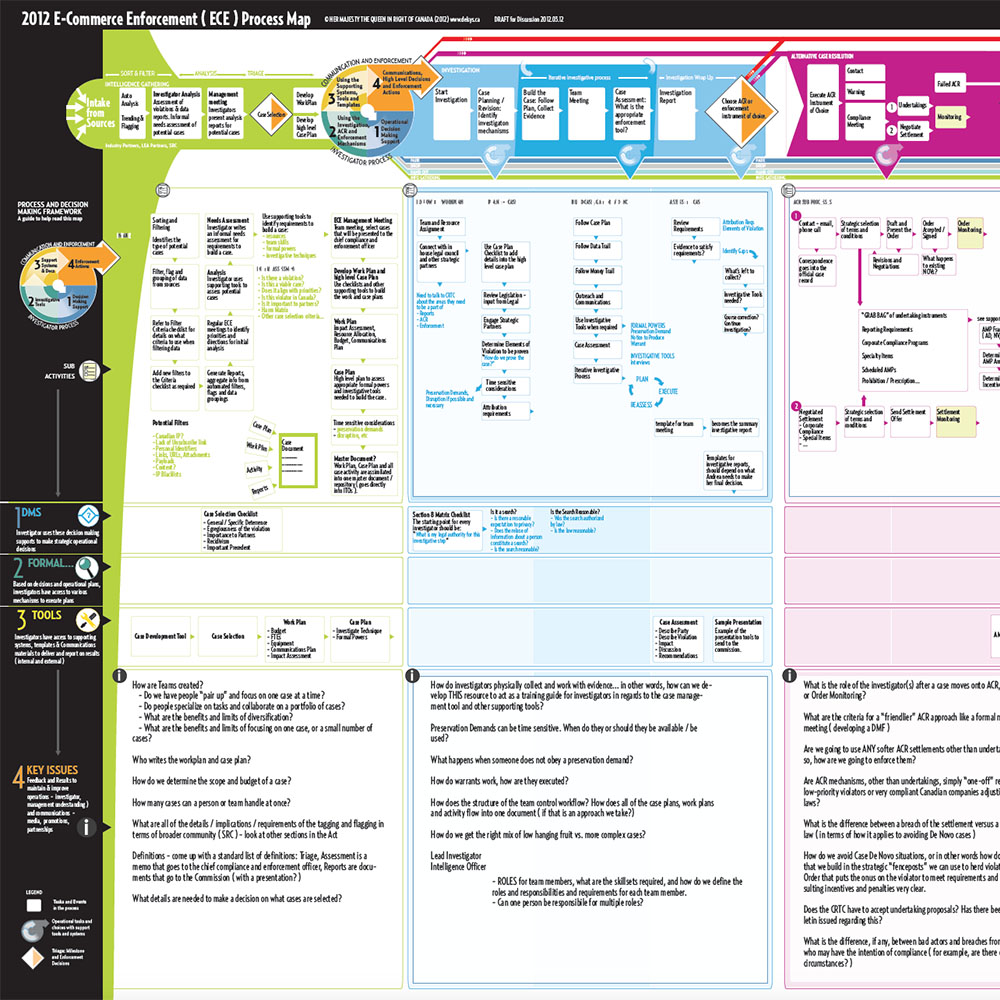
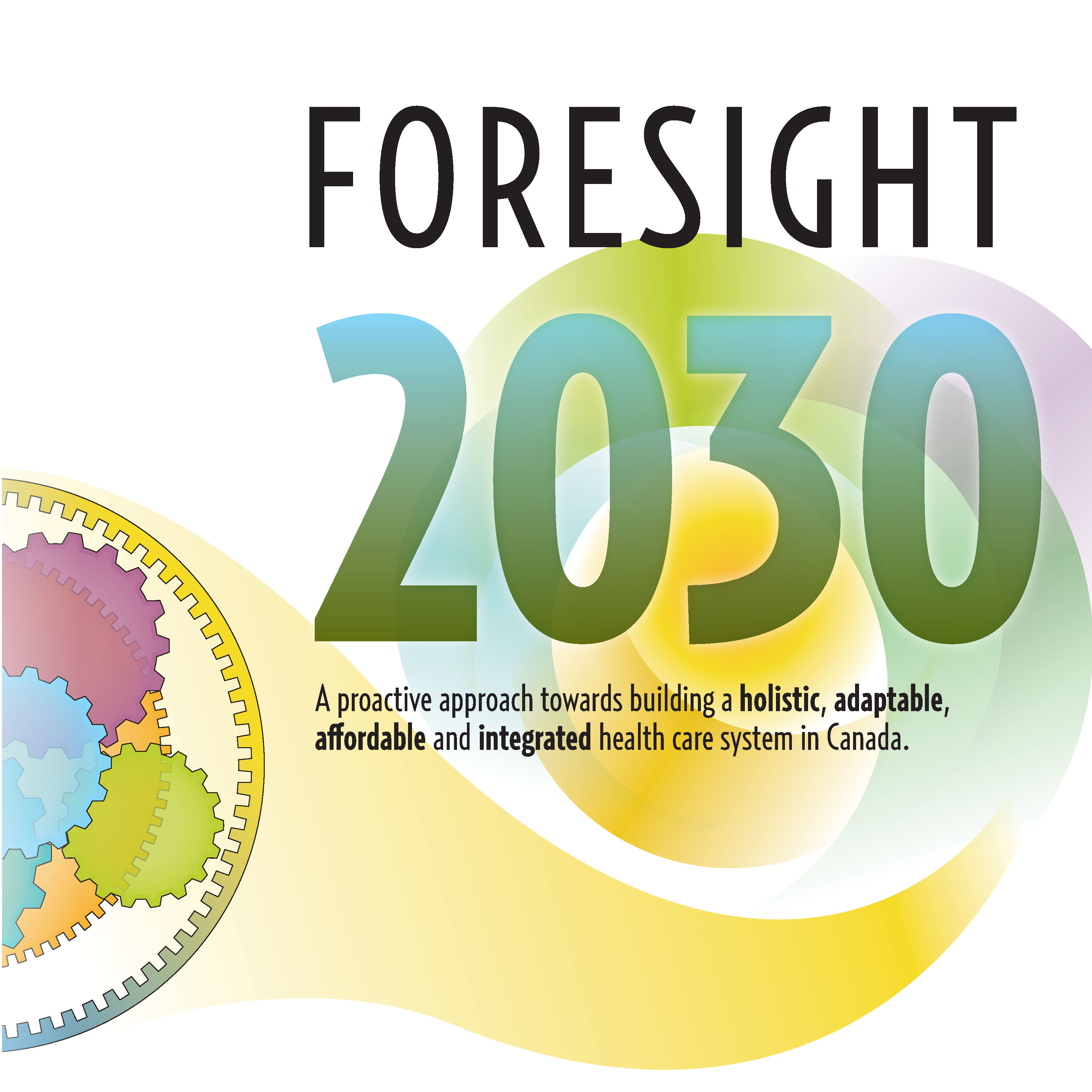
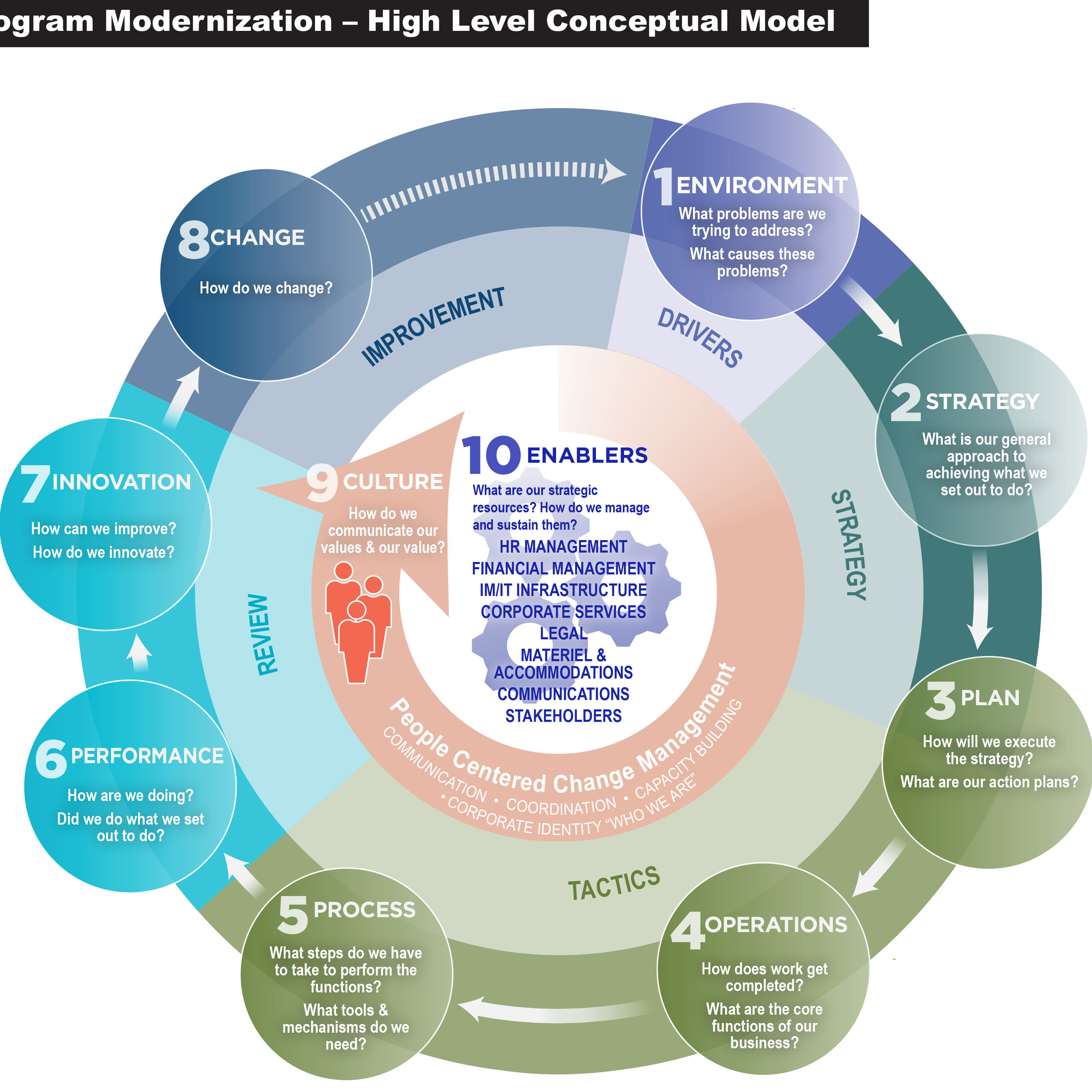
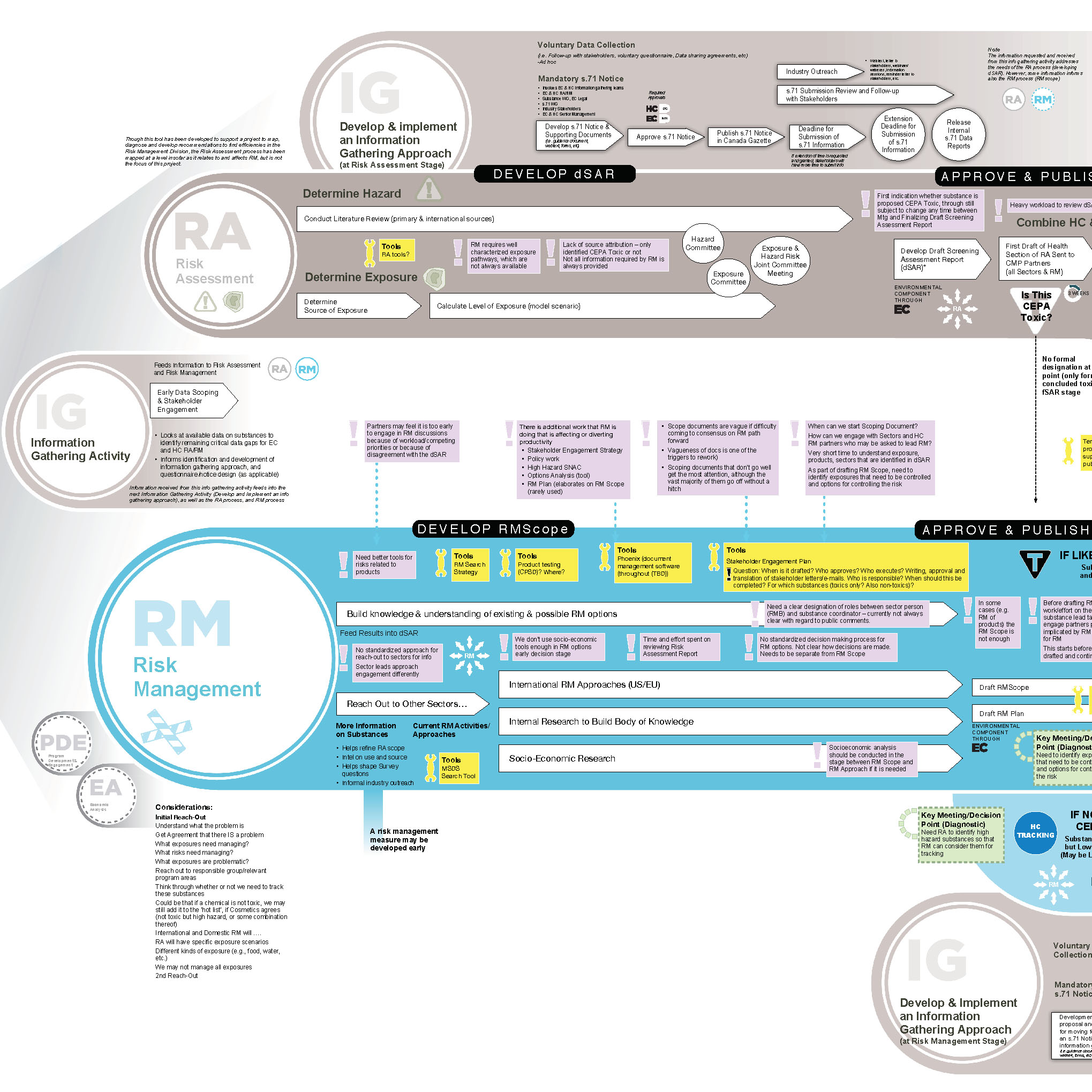
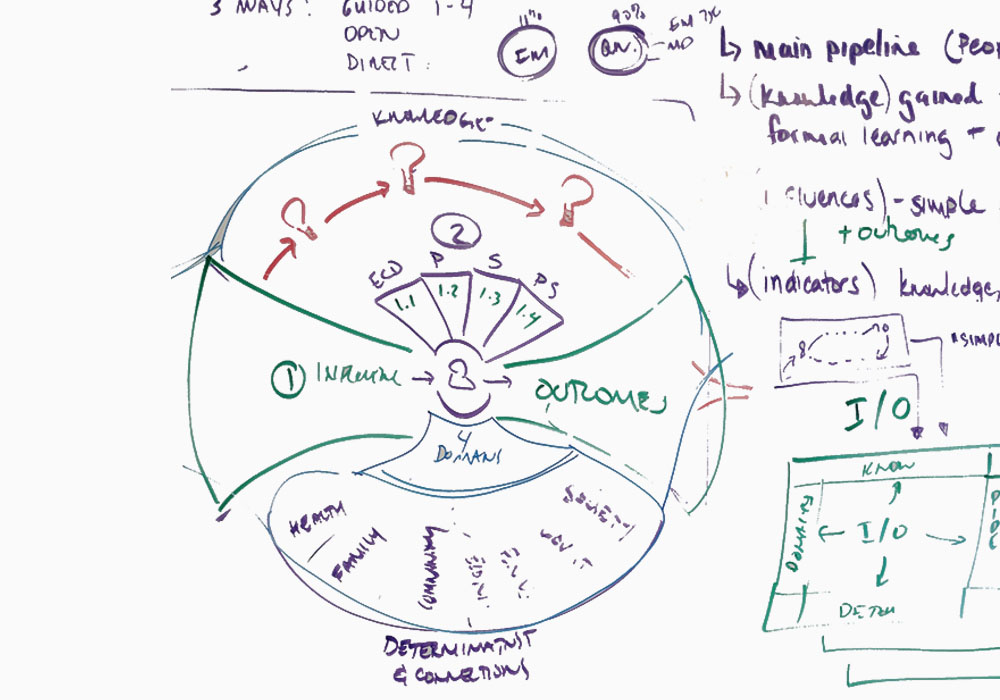
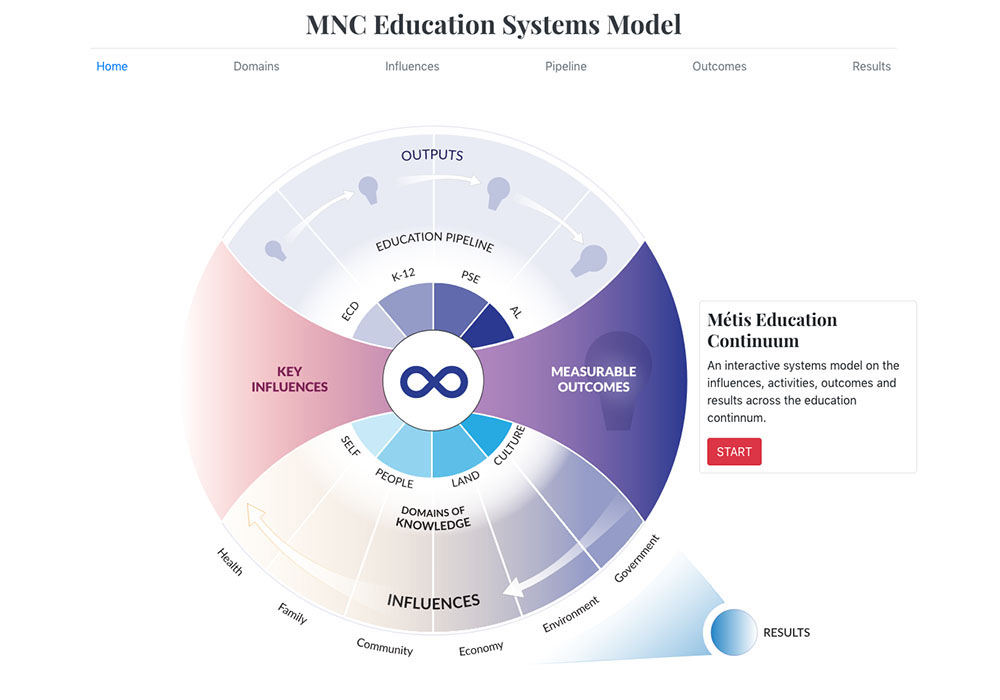
Visual
Thinking
Broadly defined, Visual Thinking is the use and exploration of images as tools for communication, understanding, analysis and problem solving. When practiced with rigorous discipline, Visual Thinking techniques result in the production of graphic ideas that help us understand ideas, problems, processes and systems in intuitive, novel and original ways.
Watch VideoSystems
Thinking
System Thinking is a way of thinking that looks at the whole, the parts, and the interconnections between these elements. It is a method for facilitating learning, integrating theories and “discovering the unobvious.” We also use the related but distinct System Dynamics and SD modeling methodologies` for exploring the nonlinear behaviour of complex systems over time using stocks, flows, internal feedback loops and time delays.
Watch VideoCollective
Thinking
What we call "collective" thinking could also be referred to as inclusive or design thinking. It is a human-centered, iterative design process that involves the people responsible for "using" a solution in the design process. Including team members and your clients in the design of a strategy for example is like including "end users" in the design of a product. The result is a more clear, coherent and cohesive strategy your team understands, believes in and is capable of implementing.
Watch VideoFair
Process
Fair process is a way to pursue the best ideas that more people support. It involves three main concepts: including people in the decisions that affect them by asking for their input, explaining why final decisions are made, and clarity what changes are expected of people. Fair process addresses basic human needs to be valued, respected for our intelligence, and to understand the rationale behind specific decisions. Using a fair process results in better decisions that more people support.
Read MoreTestimonials
We do follow up "after action reviews" with our clients to measure and improve our performance. Below are the results of a short survey conducted by the PHAC after a design project with us:

Need to Design & Communicate
A Coherent Business ________ ?
Tell us a bit about what you're working.
We'll follow up with some ideas of how we could help.
